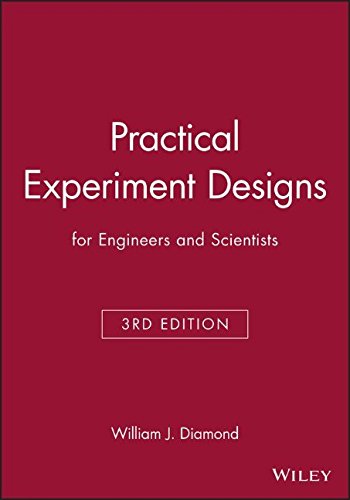
Most books cover the subject from a statistical or theoretical point of view. Ideal for working engineers, this book uses real-world examples and boils statistical theory and analysis down to its simplest form.
* Features new and updated material, including cases and a larger focus on multivariate analysis.
* Uses simple analysis tools for practical implementation on the job.
* Targets experiment planning as the groundwork for quality experiments.
More
 Total Quality Development:: A Step-By-Step Guide to World Class Concurrent Engineering
Total Quality Development:: A Step-By-Step Guide to World Class Concurrent EngineeringThis book presents a step-by-step improvement program that unites the world’s best technology development and management practices…



Bought as text,
Was this review helpful to you?

|Title says it all,
OK, if you have SAS or RS/1 or …packages you may ask yourself “why bother learning the theory.” I would say for 2 reasons – if you need to manually intervene or supplement an existing experiment AND seeing some more designs that are very effecient (John’s 3/4 designs and Plackett-Burman designs) for initial screening that is not ususally part of the packages.
Compared to Box, Box, Hunter this book is easier to read, has a huge summary fold out sheet and is geared to a practicing engineer or scientist not a professional mathematician. Best introduction and most likely the only book you will ever need on the subject.
Was this review helpful to you?

|